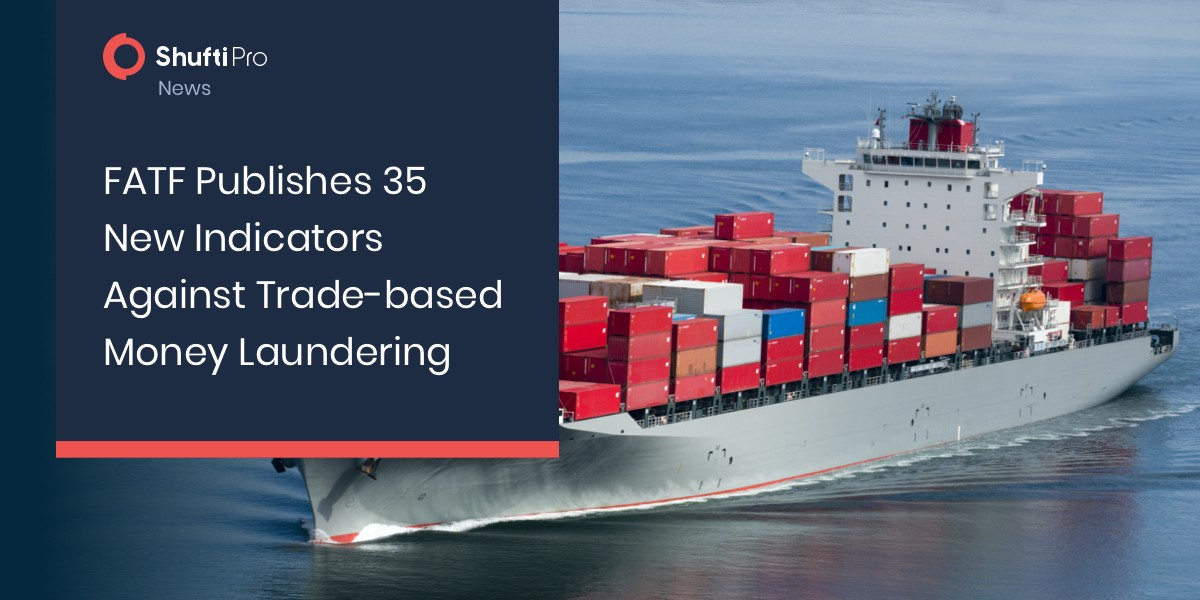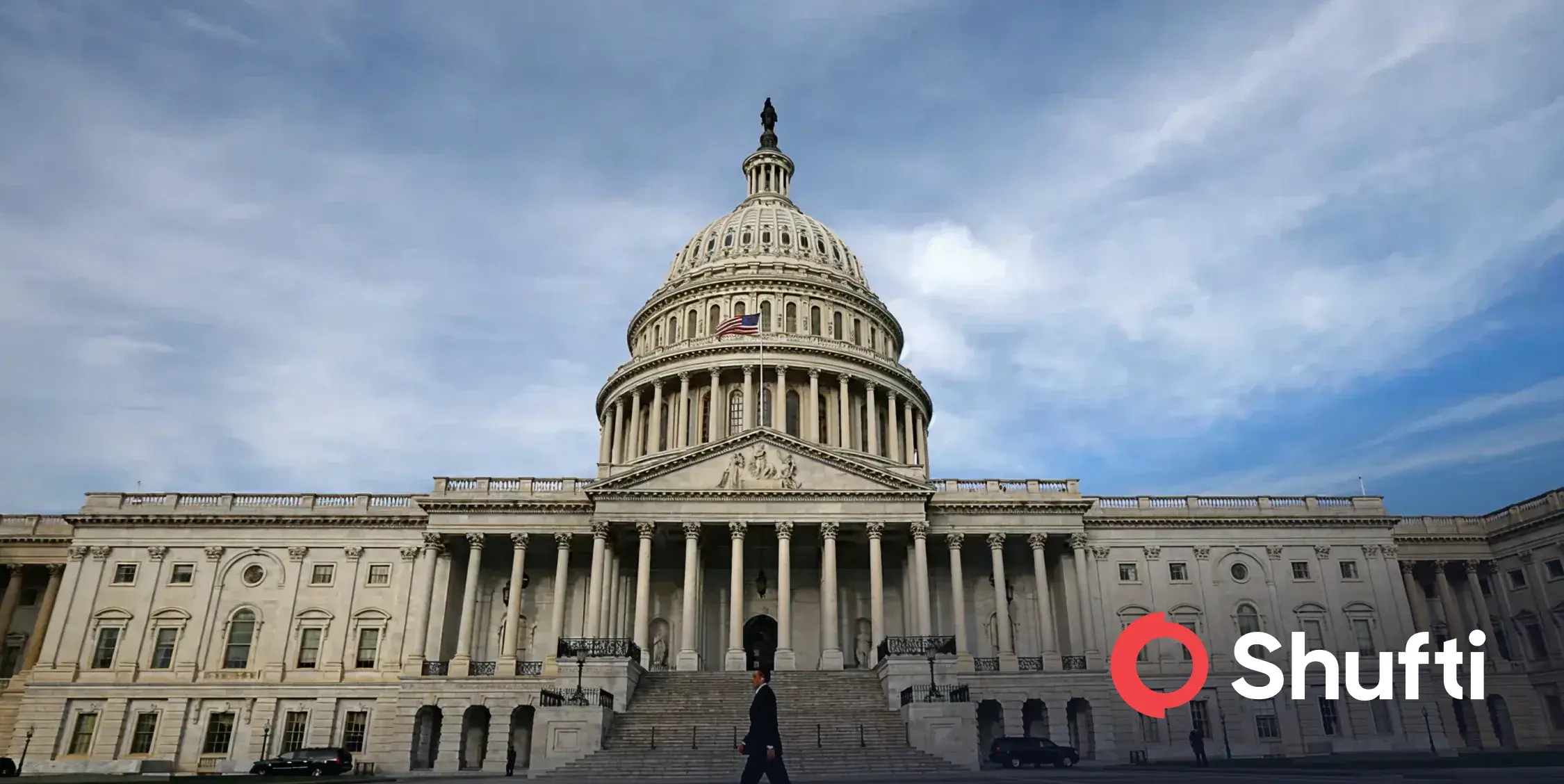FATF Publishes 35 New Indicators Against Trade-based Money Laundering

Financial Action Task Force (FATF) and Egmont group has published a new report on risk-indicators regarding Trade-based Money Laundering to assist the private as well as public sector to recognize suspicious activity in overseas trade.
This new report is based on the December 2020 report which was also released by the FATF and Egmont Group. It highlighted the surging risks attached to Trade-based Money Laundering and has outlined the best practices to assist the authorities to eradicate the threat. The risk indicators in the new report are produced through the sample data that FATF and Egmont Groups gathered.
“While several indicators identified may not appear to have a direct or exclusive connection with TBML, and may be indicative of other forms of money laundering or another illicit activity, they may nonetheless be relevant when trying to identify TBML,” the report says.
The indicators are categorized into four groups;
- Structure of business
This includes the involvement of ghost/shell companies, the registration in the high-risk areas, huge registration of addresses, the absence of online presence, concealment of actual beneficial owners, and appearance in adverse media.
- Trade document and trade commodities
This includes inconsistencies around trade documents, the prices that are not aligned with commercial consideration, unclear description of commodities of trade, and often modified customs document or trade.
- Trade-based activities
This includes the stated business inconsistencies, trade deals involving third-parties, non-standard use of transactions, and routes for shipping.
- Activity regarding account and transactions
This includes any changes in the payments, small balances after a high rate of transaction activities throughout the day, cash deposits after the transfer to unrelated organizations, and payments made to unrated organizations.
“The existence of a single indicator in relation to a customer or transaction may not alone warrant suspicion of TBML, nor will the indicator necessarily provide a clear indication of such activity, but it could prompt further monitoring and examination, as appropriate,” the report says.
These new indicators provided in the recent report are important financial institutions like banks and money service businesses, Designated Non-Financial Businesses and Professions (DNFBPs), small size business, and large groups of industries.










